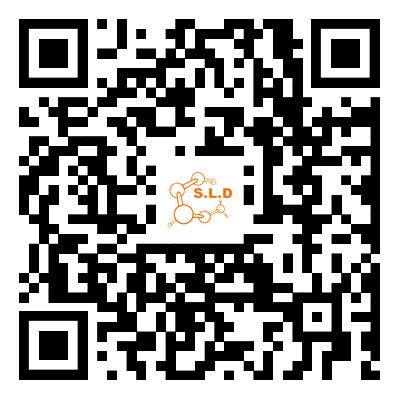The structure of rubber
2024-02-29
Linear structure: The common structure of unvulcanized rubber. Due to its high molecular weight, the macromolecular chains exhibit random curling curves and clusters without external forces. When an external force is applied and removed, the entanglement degree of the thread changes, and the molecular chains rebound, producing a strong tendency to recover. This is the origin of high elasticity of rubber.
Branch chain structure: aggregation of branch chains of rubber macromolecules to form gel. Gel is unfavorable to the properties and processing of rubber. When mixing rubber, various compounding agents often cannot enter the gel area, forming a local blank, which can not be reinforced and cross-linked, becoming the weak part of the product.
Cross linked structure: Linear molecules are connected to each other through the bridging of some atoms or atomic groups, forming a three-dimensional network structure. As the vulcanization process progresses, this structure continues to strengthen. In this way, the free movement ability of the chain segment decreases, plasticity and elongation decrease, strength, elasticity and hardness increase, compression permanent deformation and swelling degree decrease.





